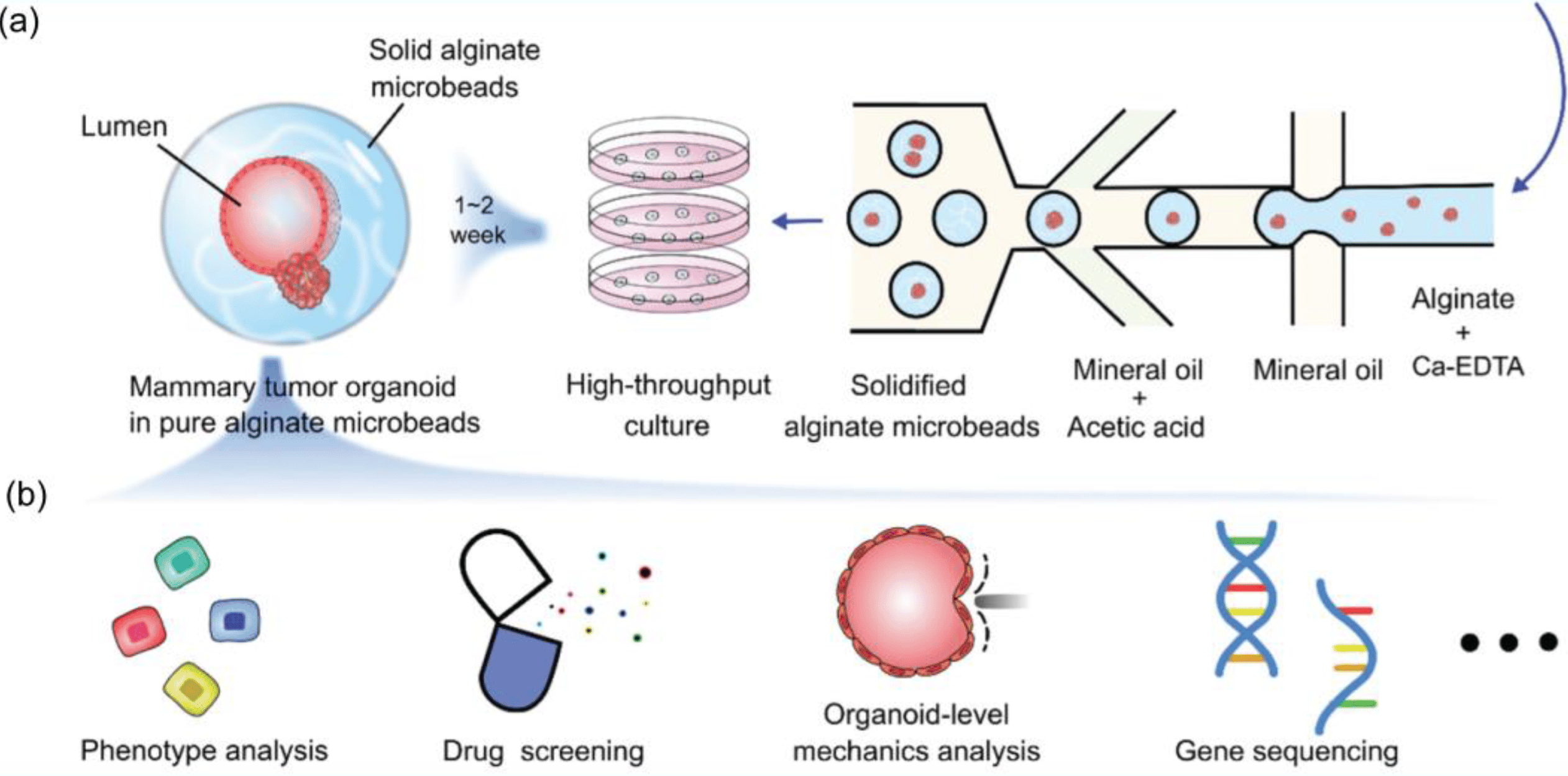As we know, the determination of enzyme activity is based on different principles such as colorimetric, fluorescence or luminescence assays. The choice of assay depends on the specific enzyme being assayed as well as the required sensitivity and specificity. CD Biosynsis can select the optimal assay for your needs, allowing rapid screening and identification of enzyme variants.
Overview
It is well known that enzymes are a class of catalytically active proteins or RNAs that specifically catalyze certain chemical reactions by reducing the chemical energy required for the reaction to occur. In nature, enzymes have evolved through a series of natural selections to precisely regulate biochemical reactions in living organisms and maintain homeostasis. However, the natural activity of enzymes cannot meet the needs of in vitro synthetic biology, therefore, when we construct artificial biocatalytic systems in vitro, the design optimization and artificial screening of enzymes become an indispensable part, so as to obtain enzymes with specific functions.
Linking the activity of a target enzyme to its genetic information is a key point in the directed evolution of enzymes. In order to achieve large-scale high-throughput screening, rapid enzyme activity characterization methods are essential. Often in this context, it is generally necessary to use substrate analogs that produce fluorescent, luminescent or colorimetric readouts that correlate with enzyme activity. With these substrates, we can then use optical characterization methods to rapidly interpret enzyme activity.
 Fig. 1 Examples of droplet-based microfluidic applications in drug screening. (Trinh TND, et al., 2023)
Fig. 1 Examples of droplet-based microfluidic applications in drug screening. (Trinh TND, et al., 2023)
Our Services
- Microfluidic-based Optical Detection
Optical assays such as immunofluorescence, chemiluminescence, fluorescence resonance energy transfer (FRET), and surface-enhanced raman scattering (SERS) are major trends in high-throughput enzyme activity screening characterization methods.
- Microfluidic-based Electrochemical Detection
Compared with optical technology, the electrochemical detection method based on microfluidic technology has the unique advantages of fast response speed, high sensitivity, miniaturization of electrodes, and no special requirements for chip materials.
- Microfluidic-based Acoustic Detection
Surface acoustic wave (SAW) biosensors have been integrated with microfluidic chips and are likewise capable of being used to rapidly and efficiently analyze high-throughput enzyme activity assays.
- Microfluidic-based NMR and SPR Detection
Miniature microfluidic chips with integrated nuclear magnetic resonance (NMR) sensors have been developed for characterization methods for high-throughput enzyme activity screening.
What We Can Offer
- Diversified Technology: Based on the specific needs of researchers for enzyme detection, we are able to design and develop optical, electrochemical, acoustic, and NMR and SPR Detection enzyme detection methods, and ultimately deliver customized enzyme high-throughput screening methods to our customers.
- Quality Services: Comprehensive services covering the entire R&D lifecycle, our HTP enzyme assay development services are provided by highly skilled and experienced scientists with in-depth knowledge of enzyme assays. We can provide you with professional consulting services during the pre-project phase and strong and reliable support services after the sale.
With our extensive experience and advanced in silico platform, CD Biosynsis is confident in offering the diversified enzyme detection assays for high-throughput enzyme screening development services. We guarantee the most satisfactory results helping to accelerate your project development process. If you are interested in our services, please contact us now for your exclusive solution.
Reference
- Trinh, TND.; et al. Droplet-Based Microfluidics: Applications in Pharmaceuticals. Pharmaceuticals. 2023, 16(7):937.

































 Fig. 1 Examples of droplet-based microfluidic applications in drug screening. (Trinh TND, et al., 2023)
Fig. 1 Examples of droplet-based microfluidic applications in drug screening. (Trinh TND, et al., 2023)